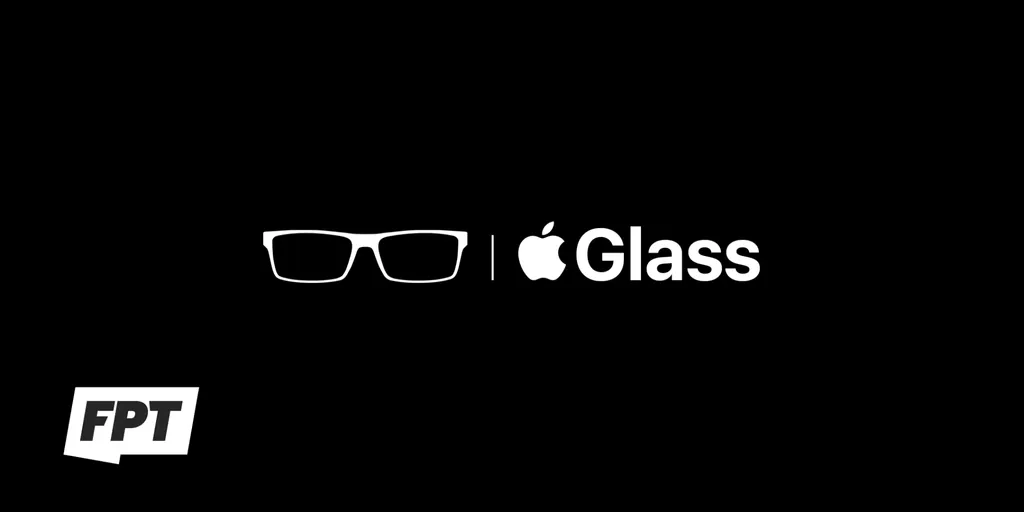Rumors surrounding Apple-branded eyewear seem to emerge with regularity and that’s been the case for years, with a range of supposed target dates, prices and features.
Back in November, for example, The Information reported on a presentation given by Apple to around 1000 employees, in which Apple eyewear was apparently slated for 2023. The latest round of predictions this week come by way of tech pundit Jon Prosser, who suggests “Apple Glass” may launch some time between Q4 2021 and Q1 2022, for $499 plus prescription.
Prosser’s sourcing in recent months seemed to precede some major reveals. On a Sunday in March, he tweeted that new Apple products would be arriving that week. On that Thursday, the new iPad Pro and MacBook Air were announced. He also made claims about an “iPhone 9″ shipping soon ahead of Apple announcing the iPhone SE. In April, he predicted a new MacBook Pro 13” launching in May. On May 5, Prosser Tweeted “Today’s the day” and a few hours later Apple announced the product.
Past Work On Apple Eyewear
In 2018, Apple acquired Akonia Holographics, a startup working on novel optics for AR based on holography.
In September, MacRumors reportedly found firmware references to iPhone-connected AR glasses called ‘Garta’, and a spatial launcher interface for them called ‘StarBoard’. When the final iOS 13 build was released to developers, developer Steve Troughton-Smith was able to inspect the code and confirmed the report’s claims.
Apple Glass
Prosser claims Apple Glass may launch Q4 2021 – Q1 2022, priced at $499 plus the cost of prescription insert for those who need one.
The product is said to have an interface which can “display information” to both eyes. Nothing more was said about the display system, but this could suggest a product focused more on presenting information than on mixed reality.
To achieve this price, the iPhone apparently does the heavy processing and rendering. This matches what we’ve seen in Apple’s patents, and is somewhat similar to how the early Apple Watch models worked.
To offer privacy (and also likely to simplify the device) Apple is said to use only 1 sensor, a LiDAR. Just last month, Apple shipped the first mobile consumer device with a LiDAR chip, the iPad Pro 2020. Prosser claims this year’s iPhone 12 Pro will adopt the tech, followed by a further miniaturization for Apple Glass.
A LiDAR sensor is like a radar except instead of radio waves, pulses of laser light are emitted. By measuring the time it takes for the pulses to return, and the change in their wavelength, a LiDAR sensor can sense geometry like walls and furniture. To get to that level of fidelity the raw input is heavily processed by advanced algorithms.
This would make Apple Glass aware of the shape of its surroundings, but not the contents. That means it couldn’t take pictures, and so could be worn in public without others worrying if you’re secretly filming them.
If these AR glasses do come to market by 2022, Apple might be able to get a first mover advantage — Facebook reportedly intends to launch in 2023. In 2019, a Business Insider report suggested Facebook’s prototype also resembled traditional glasses.


























